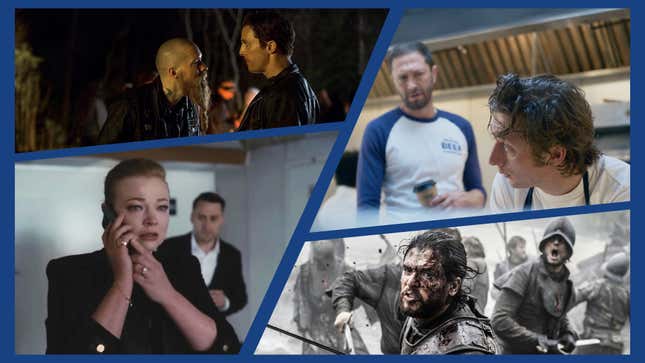
The oner—that is, an extended, uninterrupted take—is most synonymous with film, with standouts like Goodfellas’ “Copacabana shot,” the ambush in Children Of Men, or the intro and pool-party scenes in Boogie Nights having inspired countless cinephiles to enroll in film school. But the single-shot has been experimented with—to beautiful, anxiety-inducing, frightening, or dazzling effect, depending on the series—on TV, too. So with the much-anticipated return of The Bear set for June 27—the show’s 17-plus-minute single shot in season-one episode “Review” remains such a perfectly-constructed doozy all these rewatches later—we decided to count down the very best oners to grace the small screen, from a bloody battle in Game Of Thrones to a sun-kissed homage in Pen15.
